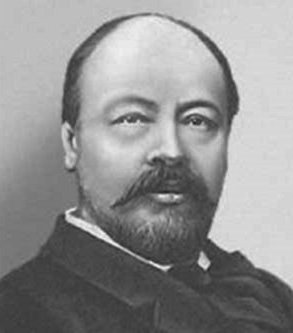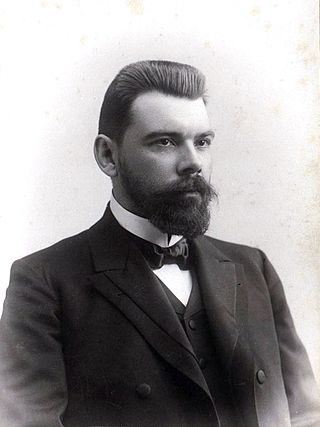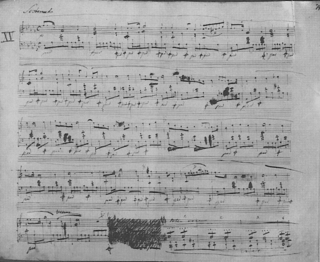A prelude is a short piece of music, the form of which may vary from piece to piece. While, during the Baroque era, for example, it may have served as an introduction to succeeding movements of a work that were usually longer and more complex, it may also have been a stand-alone piece of work during the Romantic era. It generally features a small number of rhythmic and melodic motifs that recur through the piece. Stylistically, the prelude is improvisatory in nature. The term may also refer to an overture, particularly to those seen in an opera or an oratorio.

The 24 Preludes and Fugues, Op. 87 by Dmitri Shostakovich are a set of 24 musical pieces for solo piano, one in each of the major and minor keys of the chromatic scale. The cycle was composed in 1950 and 1951 while Shostakovich was in Moscow, and premiered by pianist Tatiana Nikolayeva in Leningrad in December 1952; it was published the same year. A complete performance takes approximately 2 hours and 32 minutes. It is one of several examples of music written in all major and/or minor keys.

Anatoly Konstantinovich Lyadov was a Russian composer, teacher and conductor.

Giovanni Sgambati was an Italian pianist and composer.
F-sharp minor is a minor scale based on F♯, consisting of the pitches F♯, G♯, A, B, C♯, D, and E. Its key signature has three sharps. Its relative major is A major and its parallel major is F-sharp major.

Alexander Fyodorovich Goedicke was a Russian and Soviet composer and pianist.

Frédéric Chopin wrote a number of preludes for piano solo. His cycle of 24 Preludes, Op. 28, covers all major and minor keys. In addition, Chopin wrote three other preludes: a prelude in C♯ minor, Op. 45; a piece in A♭ major from 1834; and an unfinished piece in E♭ minor. These are sometimes referred to as Nos. 25, 26, and 27, respectively.
Georgy Lvovich Catoire was a Russian composer of French heritage.
Songs Without Words is a series of short lyrical piano works by the Romantic composer Felix Mendelssohn written between 1829 and 1845. His sister, Fanny Mendelssohn, and other composers also wrote pieces in the same genre.

The Bach-Busoni Editions are a series of publications by the Italian pianist-composer Ferruccio Busoni (1866–1924) containing primarily piano transcriptions of keyboard music by Johann Sebastian Bach. They also include performance suggestions, practice exercises, musical analysis, an essay on the art of transcribing Bach's organ music for piano, an analysis of the fugue from Beethoven's 'Hammerklavier' sonata, and other related material. The later editions also include free adaptations and original compositions by Busoni which are based on the music of Bach.

The Well-Tempered Clavier, BWV 846–893, consists of two sets of preludes and fugues in all 24 major and minor keys for keyboard by Johann Sebastian Bach. In the composer's time, clavier referred to a variety of stringed keyboard instruments, most typically the harpsichord or clavichord, but not excluding the organ, although it is not a stringed keyboard.

There is a long tradition in classical music of writing music in sets of pieces that cover all the major and minor keys of the chromatic scale. These sets typically consist of 24 pieces, one for each of the major and minor keys.
Composed in 1846, the Piano Trio in G minor, opus 17 by Clara Schumann is considered her greatest, most mature four-movement work. It is her only piano trio, composed while she lived in Dresden, following extensive studies in fugue writing and the publication of her Three Preludes and Fugues For Piano, opus 16 in 1845. The trio was premiered by the composer in Vienna on January 15th, 1847.







